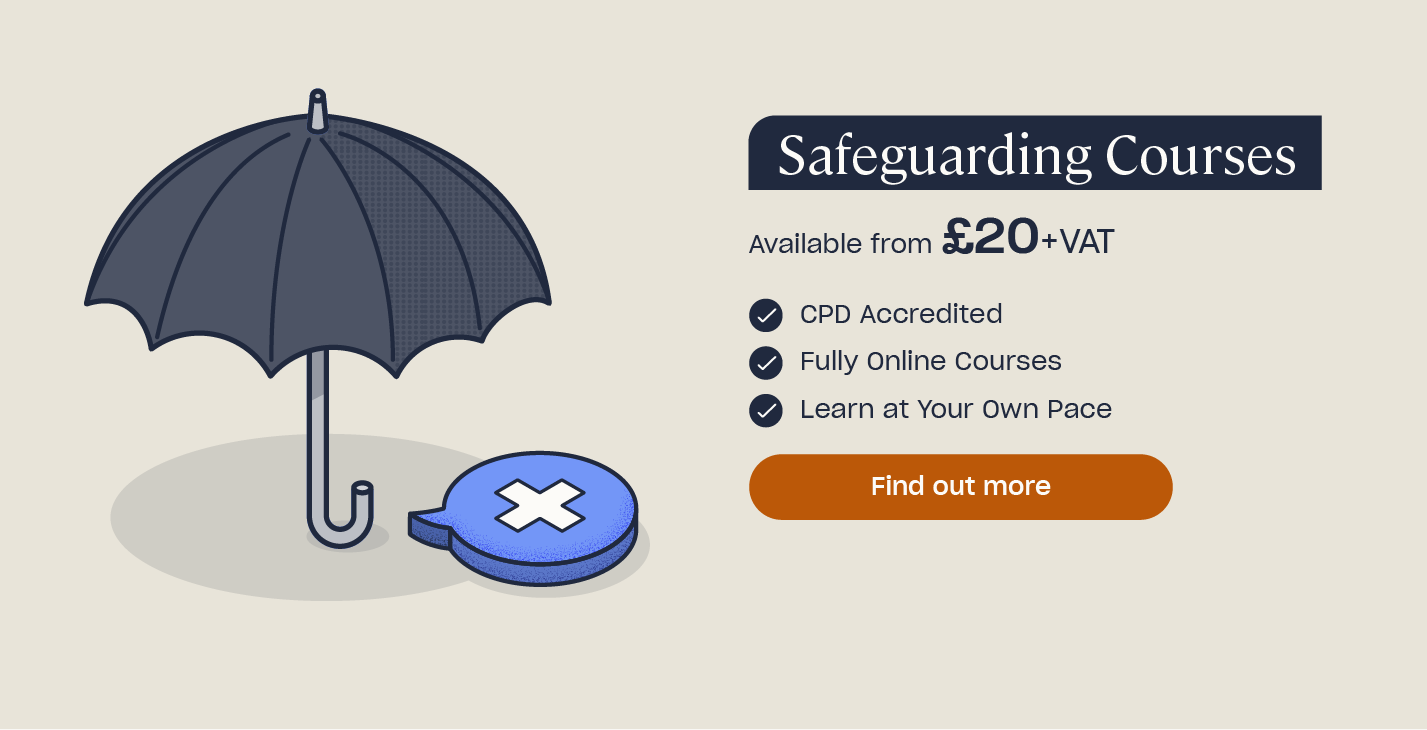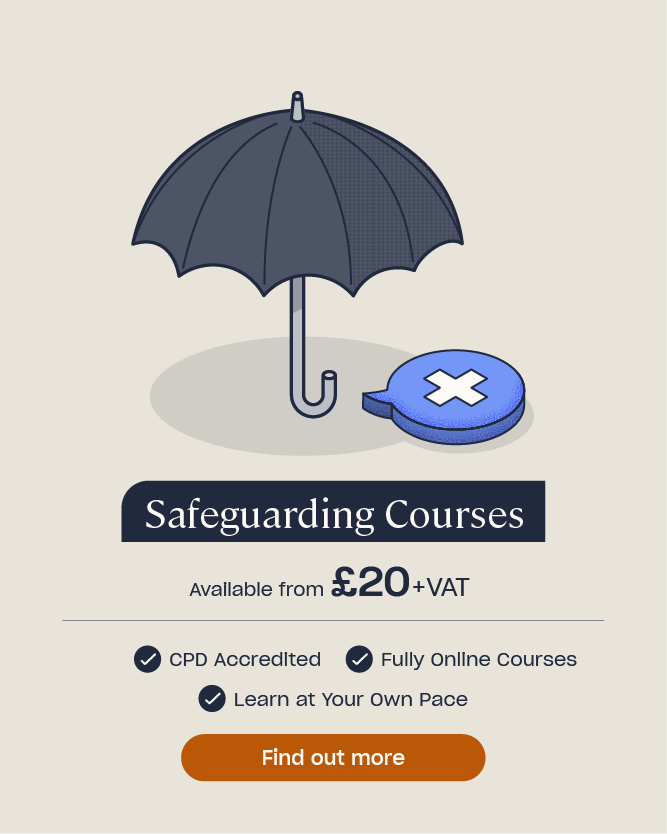Activities for Care Homes: Free Planner and Ideas
It is essential to meet not only the physical needs of those residing within care homes, but to nurture and stimulate their mental wellbeing also. Having a variety of accessible, person-centred activities available to residents is an excellent way of encouraging active participation and promoting high-quality care.
Activity planning can feel challenging at times, especially when it comes to organising a range of activities that suit all the varying needs of the individuals within the home. Within this article we will outline some of the key things to consider when planning activities, the benefits of having an activities programme, and provide you with some activity ideas and inspiration, alongside a free care home activity planner template for you to use.
What Should Care Homes Consider for Activity Planning?
It is important to remember that all staff should take responsibility for encouraging engaging and meaningful activity with all residents, whether that be a one to one chat, looking through a photo album together, taking a walk around the grounds or feeding the birds. Even encouraging individuals to actively participate more in their own daily tasks, such as personal care and dressing, can help increase their level of engagement, physical independence and overall well-being.
Care staff have many demands on their time with many other duties to undertake as part of their role, therefore having activities planned by a dedicated coordinator allows for a more thorough and tailored programme to be created. A programme that focuses on those activities that would prove most beneficial to the residents based on their individual wishes and requirements. To establish the best choice of activities for each resident, the coordinator should take time to get to know them individually and have sufficient training to understand what activities are most appropriate and what support they need to participate.

The role of an activities coordinator is an important one as they are responsible for organising activities within the care home, excursions out of the home, arranging the calendar of events, encouraging the residents’ participation and aiming to ensure there is a suitable variety of accessible activities available to focus on both their physical and mental well-being.
When planning activities it is important to consider accessibility, such as making sure those with limited mobility or cognitive impairments can participate in a range of activities too. It is also important to get to know what hobbies and interests individual residents may have and their preferred methods of participating. Not everyone will want to join in a group activity, so it is important to offer flexibility and ensure what is being offered is appropriate and of interest to those it is aimed at and not simply generic choices.
Risk can be a key area of concern and act as a barrier when it comes to staff feeling empowered to assist an individual with an activity where an element of risk is involved. For example, a resident may wish to participate in baking, but the risks involved may lead to staff discouraging such an activity.
It is important that staff understand risk management policies and procedures within the care home. Feeling confident in what they can and cannot do will allow them to support an individual to take informed risks and ensure they understand how to manage and monitor them appropriately. Risk enablement supports an individual’s right to take a risk, make their own choices and empower their independence and wellbeing.
Why are Activities Important for the Elderly?
There are numerous benefits that highlight the importance of activities for the elderly. It has been all too common in recent years for the elderly to be overlooked as their age increases and their mobility and cognitive sharpness lessens. In settings such as care homes, it is more important than ever to ensure that an unstimulating, rigid daily routine doesn’t contribute to a deterioration of an individual’s well-being.
Activities are a way of allowing a person to maintain and even develop their own personal identity, by providing opportunities to continue enjoying and participating in interests of theirs or even pursuing new ones. Taking the time to learn what means something to an individual helps staff to better support them, build a rapport, and show them they are in an environment that cares and supports them in a person-centred way.

Social interaction and feeling a sense of community can be a great way to encourage residents’ sense of belonging and well-being. Group activities can help those with a shared interest come together and help them form new connections or maintain existing relationships. Being away from family or friends can feel very isolating, so using activities in this way can be very beneficial, potentially reducing the risk of loneliness.
Physical activity in the elderly can come in a variety of forms and is adaptable for different capabilities. It is an important element of high-quality care as it can help maintain and improve an individual’s range of motion, supporting their level of independence. The NHS states that those over 65 are the most sedentary age group, and as a result age can come with higher rates of falls, obesity and heart disease, making this type of activity essential to include in an activity programme.
Activity to encourage mental stimulation is also important in the elderly as it can help with mental sharpness, concentration, memory and focus. Being mentally stimulated can reduce stress and symptoms of anxiety and depression, whilst being able to recall past events, people and retain new information can all contribute to a greater sense of self, confidence and well-being.
Ideas for Meaningful & Fun Activities in Care Homes
There are many options for activities to encourage the physical and mental well-being of care home residents. Here are a few ideas for inspiration – they have been grouped into some general categories. Having several types of activities that focus on different aspects of an individual’s requirements for overall well-being can increase interest and provide a greater variety of benefits.
Exercise
- Classes – these could be anything from aerobics classes, to those focussing on strength and mobility or balance and falls prevention.
- Walking – this could be walking around the grounds or an organised walk out to a local beauty spot. Even a trip out to a local garden centre can provide an opportunity for getting some steps in.
- Dancing – dance classes are one option but this doesn’t have to be an organised exercise class. You could plan a social event within the care home that could coincide with some live music, or perhaps encourage the residents to dress smartly and play some of the music they remember dancing to when they were younger.

Relaxation
- Massages – massage therapy can be very beneficial in the elderly. Whilst you may be limited to what can practically be offered, hand massages are often popular, along with head massages or reflexology.
- Meditation – there are many guided meditations available online and it is a widely accessible activity. There are many suggested benefits, including improved focus and memory. This may be a useful activity to wind down before bed time or for those residents that feel anxious or agitated.
- Yoga and Tai-Chi – this is a possible one that crosses over into the exercise category. But these practices can be easily adapted depending on mobility and can promote feelings of well-being and relaxation.
Hobbies and Interests
- Piano or musical instruments – creating opportunities for residents to engage with their personal interests is important. Encouraging someone to play an instrument for the other residents is one way to do this.
- Movie nights – putting on residents’ favourite films is a good way to get people together and allow them to share their interest with others. They make a great talking point.
- Teaching a new skill – it may be there are residents with specific skills or specialist knowledge of some kind, such as writers, sewers or perhaps there is a retired history teacher amongst them. You could allow them to maintain their talents and knowledge by encouraging them to teach and share it with others.

Daily Tasks
- Laundry – this may sound a little mundane, but you may have someone who has spent much of their life as a homemaker. Helping with domestic duties, where possible, such as folding laundry, can be a source of enjoyment for them.
- Setting up and tidying away – this could be for the activities taking place or helping with the decorations at Christmas or for parties. This can provide a great sense of involvement and achievement for some people.
- Laying a table – having a ‘job’ to do and responsibility for something can give some people a sense of purpose and a routine that they perhaps miss from their life before being in the care home.
Brain Training
- Crosswords – many residents may do these alone as a matter of course, but making it a group activity and showing a large crossword on a projector can encourage discussion and add interest to the activity.
- Jigsaws or puzzles – again these can be done individually or together. Having these out in a day room often provides some additional interest and encourages people to gather in a communal setting.
- Guess the sound – bird sounds are often a popular choice – play a bird sound and residents can try to guess which bird it is. You could also ask them to guess the song, or you could find some audio online as there are many options available, from animal noises to household objects.
Group Activities
- Singing – having a choir or simply sing-along sessions can be lots of fun for everyone and can generate a lot of positivity amongst residents. The songs themselves could bring back many memories for residents, including those with dementia, which is thought to have less impact on musical memory than the rest of the brain.
- Quizzes – participating in intellectually stimulating and social activities can help cognitive skills. It is a great way for individuals to get to know each other by finding out each other’s interests through their knowledge.
- Story telling – whether this be a book read aloud by staff or a resident, an audiobook being played, or an actual story teller being present, it can be an enjoyable experience, especially for those with visual impairments. It is worth noting that understanding the spoken word can become harder in the elderly, so choose a dedicated quiet space for this activity.

Self Care
- Hairdresser – having someone come to the care home to cut and style the residents’ hair can boost their self-esteem and provide all the psychological benefits it does for everyone, regardless of age.
- Nail care – having the opportunity to access services such as this is important, as some residents may have always taken great pride in their appearance and getting their nails filed or polished is often an event that is looked forward to by many. It is also a great chance to have a chat.
Outdoor pursuits
- Gardening – this encourages fresh air, exercise, the benefits of nature and provides an opportunity to utilise skills residents have or learn new ones. A herb or vegetable garden is also a good way of encouraging a healthy diet.
- Garden games – such as boules, ring toss or skittles. These are a good way to get fresh air, socialise and can be easily adapted to suit a variety of abilities.
- Eye spy and I hear – this activity can be a nice one to do seated and in nice weather. It is played like the traditional eye spy but adds another sensory element and encourages residents to feel connected and involved with their surroundings.
Arts and Crafts
- Scrapbooking – these can be a fun way to get everyone talking, sharing memories and learning more about each other. You could include photographs and highlight key memories that mean something to the resident.
- Seasonal fun – themed projects around the various holidays can be a way to engage residents in activity time and can be a good opportunity to encourage families to join in, perhaps helping grandchildren to create something too.
- Art classes – having someone teach new skills for painting or drawing or simply providing the equipment needed to get creative, this activity can be both relaxing and enjoyable for all involved.
When using a person-centred approach to activities, pay attention and get creative, and involve their families or friends. The more information you can gather about an individual’s past and present, the more engaging you can make the activities for them to participate in. Small details can make a big difference – does one of your residents keep talking about their passion for trains? Another about their walks in the Yorkshire Dales? Consider making the magazines, artwork or jigsaws in the day room related to the residents interests.

Free Care Home Activity Planner
This activity template can be used as a way of displaying information to the care home residents, so both themselves and their families can easily see what activities will be taking place during the week. An example template is also provided to show how the use of imagery can make the planner clearer and easier to interpret.
Displaying the planner within the home can also help keep staff informed of what will be taking place that week, so they can discuss the activities with the residents and encourage them to participate where appropriate.
Further Resources:
- Safeguarding Courses
- Health and Safety in Care Homes: Free Audit Template
- Duty of Care in Health and Social Care: Responsibilities & Examples
- Care Home Risk Assessment: Free Template
- How to Become an Activities Coordinator in Health and Social Care
- How to Promote Oral Health Care in Care Homes
- Promoting Independence in Health and Social Care







